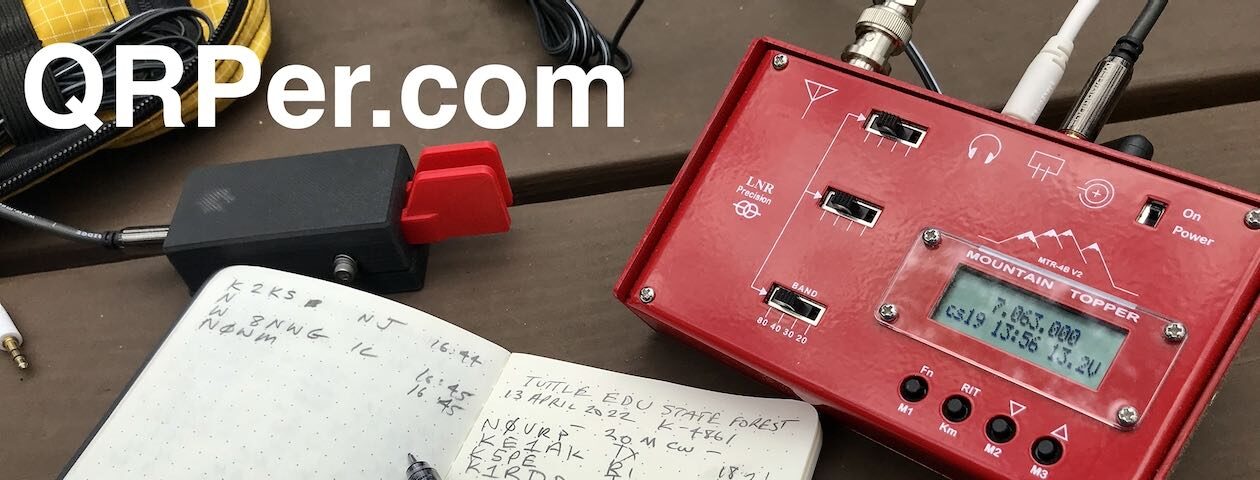By Teri KO4WFP
In my last article, I activated Uwharrie National Forest in North Carolina at the Buck Mountain Fire Tower. After that activation, Glenn W4YES and I drove to Charlotte to visit college friends – Jennifer and Mike. So far, the day had been wonderful. However, it was far from over.
Our final night of our getaway trip would be spent at an Airbnb in Camden, South Carolina. I chose to activate Hanging Rock Battleground State Historical Park (US-10470), several miles south of Heath Springs, South Carolina. The park is remote and not well marked. All there was to signify its existance from the road we traveled was space large enough to accommodate two cars and a row of pilings. On one of the pilings was a white sign and, behind it, what looked like a trail.

The park has historical signifance. An outpost was established at Hanging Rock by the British in the 1700s because of its strategic location on the road from Camden to Charlotte. According to the American Battlefield Trust, a three-hour battle was fought on August 6, 1780 on the site as a “part of a Patriot drive to reclaim the southern colonies after the siege of Charleston, South Carolina”. Fifty-three Americans and two hundred British soldiers lost their lives in this encounter.
Nothing about the site today brings to mind a battle. It is a short hike into the property before one finds giant boulders, some of which appear to be hanging (hence the name, right?).

We hiked a little further into this property which looked like a little slice of North Carolina in South Carolina. Spots of pincushion moss dotted the ground and leaves crunched under our feet. Sunlight filtered through the foliage. A small creek ran and burbled below the giant boulders above not far from a monument marking the battle.


We decided to set up atop the highest and largest of the boulders. On its top, the tree canopy parted, giving my antenna just what it needed. I figured the Chelegance MC-750 would work best here and, given I had a tripod to mount it, it would work fine despite a rocky base.



It was still early enough that 20 meters was an option so I secured 14.048. It wasn’t long after I spotted myself that calls began arriving. Over the next 30 minutes, the calls were steady – 24 to be exact. At 6:00 PM, I called QRT because we had yet to check into our Airbnb and needed to be out of the park by dark.





I was especially pleased to have one DX at this activation – Ignacio EA2BD. (Thank you, Ignacio!) I rarely get DX as I don’t chase it. This exchange was a nice surprise.
Tomorrow, Monday, October 14, it was time to head home back to Savannah, Georgia. However, this POTA Babe was not finished! Of course, I would find a park to activate on the drive home. Which park would I choose and would it be successful? Stay tuned…
If you’d like to see the park up close and personal as well as watch Glenn “interview” me afterwards, check out the video on my YouTube channel:
Equipment Used
[Note: All Amazon, CW Morse, ABR, Chelegance, eBay, and Radioddity links are affiliate links that support QRPer.com at no cost to you.]




















 It was so loud I actually had to wait for him to move on because I found myself shouting at the camera mic. Ha ha!
It was so loud I actually had to wait for him to move on because I found myself shouting at the camera mic. Ha ha!
























































































